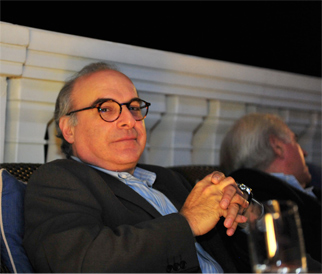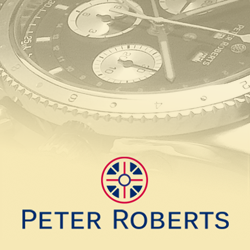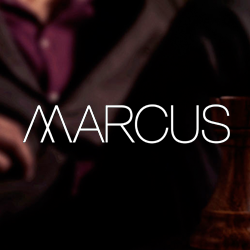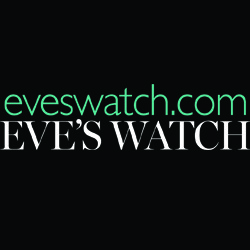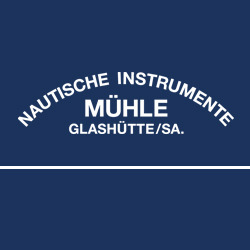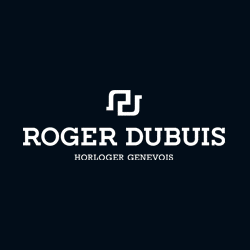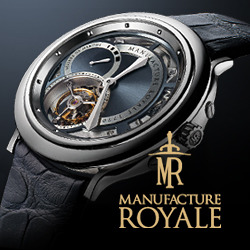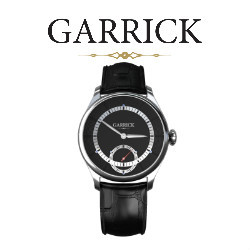Before you enter security at Geneva International Airport, you see a few shops typical of the modern mall approach. One, though, sells items which – should you purchase any – would be confiscated on the other side of passport control. A shrine to one of Switzerland’s best-loved icons, up there with chocolate, wristwatches and fondue, the retailer honours a brand celebrating its 125th anniversary this year. It produces an object that has become an idiomatic expression, a dictionary entry, a totem. It is the Victorinox Swiss Army Knife.
Selling knives at airports? Such irony is not lost on the manufacturer, so one might assume that their presence at the city’s main airport is no more nor less symbolic than that of a Swiss flag. But that is to forget that Victorinox and the Swiss Army Knife are now more than, well, knives. The ensuing increase in airport security after 9/11 forced the company to look to other products, so that shop could just as easily sell a watch, a piece of luggage or even an item of clothing to the passenger on the way to his or her flight.
A Victorinox spokesperson explained that increased security caused “… a decline [in sales] of approximately 30%. A major portion of the decline was attributed to the changes in airline policy, which significantly affected the duty-free business behind security gates.” Victorinox learned that travellers who lost their knives during security inspections rarely replaced them.
By that time, though, Victorinox was well on its way toward shifting the focus from its century-old core business. And it would master each new discipline using the business model that has served it so well since the 19th century.
AS SWISS AS CHEESE
First, the name: the company is called Victorinox, and it is not a part of the Swiss military. But the world knows the products as “Swiss Army Knives”, and Victorinox is happy to apply “Swiss Army” where appropriate, such as on its watches. The miracle is that it may be one of the only times a real-world fighting force has had its name attached to products that civilians find so reassuring and, well, non-militaristic.
Though established in 1884, it wasn’t until 1909 that founder Carl Elsener took his beloved mother’s name – Victoria – as that of the company’s. He modified it when a material that would form the backbone of his business first appeared. Stainless steel was launched in 1921, so Elsener combined “Victoria” with “inox”, the abbreviated name for “inoxydable” (stainless steel in French). As with flawless neologisms like Rolex, it conveyed a sense of solidity and triumph.
As an official supplier to the Swiss Army from 1891, Victorinox was able to register the name in key markets. The brand became a household name thanks to the popularity of the knives that US soldiers brought home after WWII. “Swiss Army knife” became a generic term for any multi-function tool.
Victorinox is run like few other companies, still family owned and able to state that in its 125-year history, not one single employee has been laid off because of recession or a sales downturn. It did more than survive. Even if it had not developed expertise elsewhere, its cutlery output was broad enough to relieve dependence on pocket knives: the brand makes more than 300 models, including catering cutlery, tableware and other utensils not found in passengers’ hand luggage.
As the pocket knives eventually recovered their lost sales, the Victorinox brand spread beyond its traditional market primarily with two new categories. Both the hugely successful watch and luggage divisions were born before September 2001, initiated by the US market. Along with the recently-added line of apparel, Victorinox offered enough variety to justify own-brand boutiques, including one on New Bond Street in London, where all four product divisions – watches, cutlery, luggage, apparel – are sold.
Such is the appeal of Victorinox products that they know no social barriers. Around £10 will buy the simplest knife with its comforting, red plastic handles, while the luggage and apparel compete in the quality sector above budget pricing but below what one expects of luxury goods. Even the watches continually surprise aficionados: one out of every five Swiss watches sold in the USA – the largest market in the world – is made by Victorinox. Worn by sportsmen, collectors and US presidents, they share a certain “cool” with every other item the company produces.
If there is a mission statement that defines everything from a Victorinox parka to an entry-level quartz watch, it has to be the values shared with the knives. All of the “non-bladed” products reflect a litany of corporate-stated virtues including “Swiss quality, ingenuity, practicality and iconic design.” By any measure, given the construction and functionality, the watches, luggage and apparel are almost underpriced, like the knives. Victorinox has an almost religious dedication to fair pricing.
Such purity of purpose has resulted in near-ubiquity, as well as egalitarianism. Victorinox is the third largest exporter of Swiss watches after Swatch and Tissot. They sell 25 million knives a year. It is believed that every Swiss home has at least seven. It is impossible to find a mountaineer, a hunter, a yachtsman, a plumber, an electrician, a rock group roadie or a mechanic who doesn’t have one tucked into some pocket. “Swissness” is, ultimately, the key. But if the words “Swiss Army” do eventually disappear entirely from Victorinox’s wares, there will forever be no mistaking the place of origin.
(Aston Martin Magazine, 2009)
